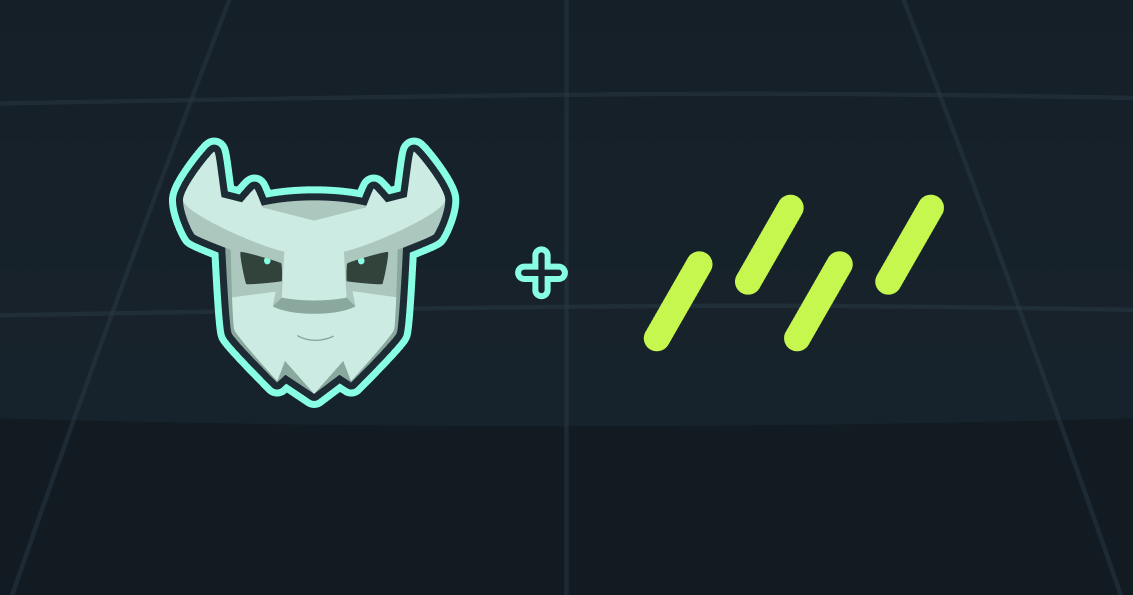
Prerequisites
Before you start, make sure you:1
Install Drizzle and the libSQL SDK
package.json to include three new scripts:2
Retrieve database credentials
Get the database URL:Get the database authentication token:Assign credentials to the environment variables inside
.env.3
Create a Drizzle schema
db/schema.ts
4
Configure Drizzle Kit
Create the file
drizzle.config.ts in the root of your project with the following:drizzle.config.ts
We’re using
dotenv above, but if you’re using something like Next.js, Remix, Astro, or Vite, you can use their built-in environment variables manager to source these values.5
Connect Drizzle with libSQL
6
Database migrations
Drizzle can generate and apply database migrations with Now apply these changes to the database with
drizzle-kit.Whenever you make changes to the schema, run db:generate:db:migrate:7
Query
8
Connect Drizzle Studio
Vector Embeddings
You can extend Drizzle to support Turso’s native vector — learn more.1
Define custom vector type
Inside
db/schema.ts, add the following:2
Create a table with a vector column
Now where you define the schema, invoke
float32Array to create a column that stores vectors:3
Create a vector index
You will need to use raw SQL to create the index:
4
Insert vector data
5
Query vector data
Calculate vector distance:Perform efficient nearest neighbor search: